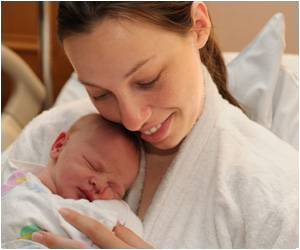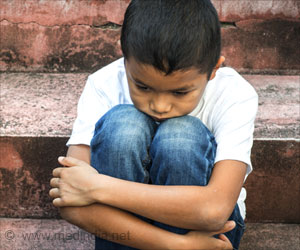On an average school night only about 8 percent of high school students get enough sleep, a new study has revealed.
On an average school night only about 8 percent of high school students get enough sleep, a new study has revealed.
Many others are living with borderline-to-serious sleep deficits that could lead to daytime drowsiness, depression, headaches and poor performance at school.The study evaluated responses from 12,000 students in grades 9 through 12 who participated in the 2007 national Youth Risk Behavior Survey.
The authors found that 10 percent of adolescents sleep only five hours and 23 percent sleep only six hours on an average school night.
More females than males have sleep deficits as do more African-Americans and whites compared to Hispanics.
Nearly 20 percent more 12th-grade students have sleep deficits than do those in ninth grade.
The findings of this study were consistent with those reported from the National Sleep Foundation's 2006 Sleep in America Poll, the authors said.
Advertisement
"The natural sleep-wake pattern shifts during adolescence, making earlier bed time and wake times more difficult. The result for students with early school start-times is a chronic sleep deficit," lead study author Danice Eaton, Ph.D., of the Centers for Disease Control and Prevention, said.
Compounded with their delayed sleep-wake pattern, many students are getting up for school when their bodies tell them it is still the middle of the night.
National Sleep Foundation research shows that delaying school start-times by an hour or more increases the amount of sleep adolescents get and improves their performance in school.
However, to promote optimal sleep, Eaton said that adolescents should have set bedtimes before 10 p.m. on school nights and consistent wake-sleep times every night.
"Given adolescents' downward spiralling tendency of depriving themselves of sleep during the week and playing catch-up on the weekend, more research exploring ways to intervene would be beneficial," Brandy Roane, an expert in adolescent sleep patterns at the Munroe-Meyer Institute of Genetics and Rehabilitation of the University of Nebraska Medical Center, said.
The study appears online in the Journal of Adolescent Health.
Source-ANI
TRI















